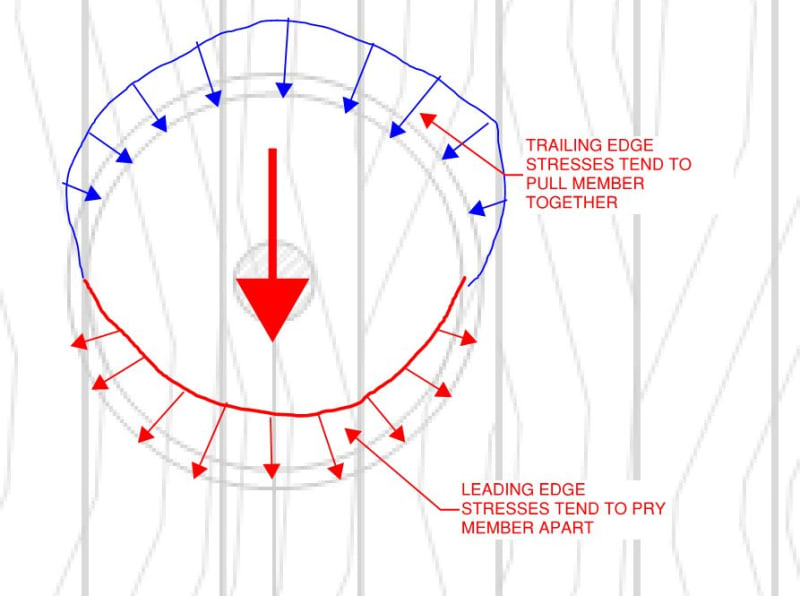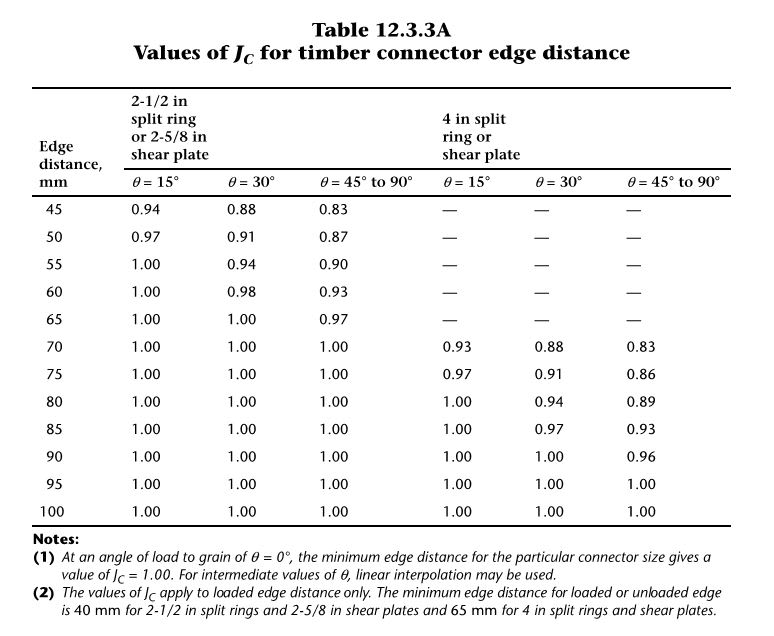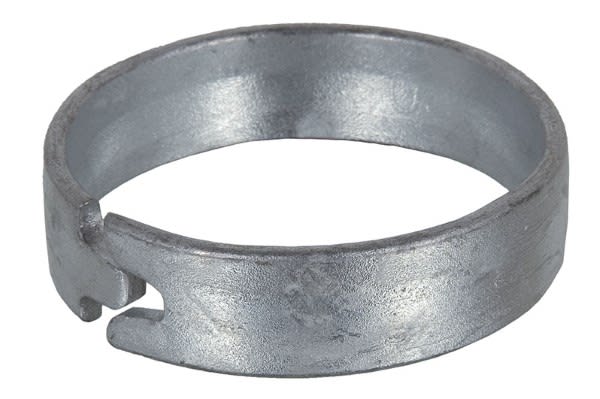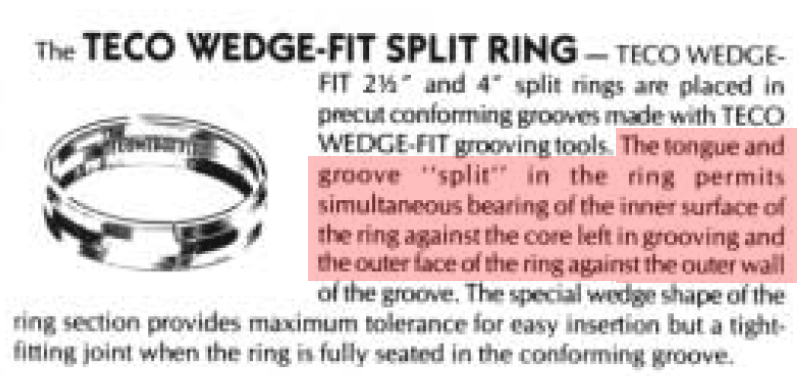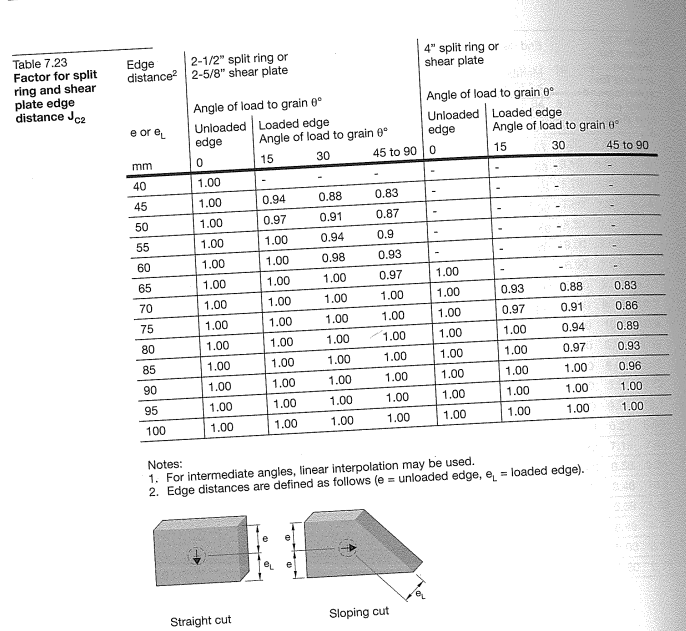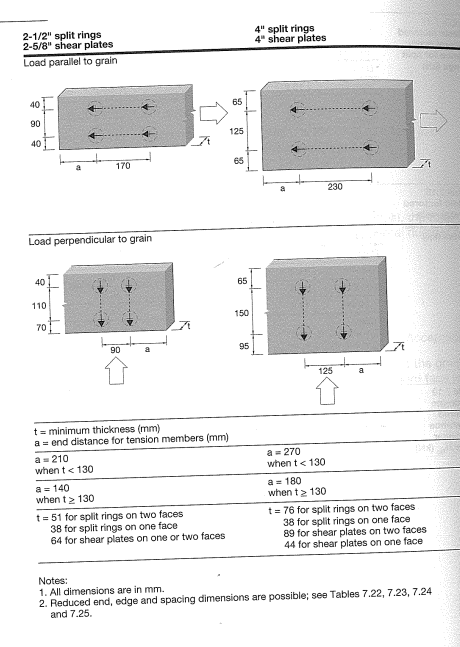MagicFarmer
Structural
Good afternoon,
I am dealing with a pretty unique situation and it seems that the use of split rings is my only option.
In CSA O86, the "J" factors for split ring capacity deal with end/edge distances. If I am looking to install a 4" split ring in a vertically nail laminated 38x140 deck face (meaning the split ring would "span" the edge of up to 3 boards). The loading will be parallel to the grain (along the board length). What would you suggest for a value of Jc2? I have attached a sketch on the plan view.
As always, thank you in advance.
MF
I am dealing with a pretty unique situation and it seems that the use of split rings is my only option.
In CSA O86, the "J" factors for split ring capacity deal with end/edge distances. If I am looking to install a 4" split ring in a vertically nail laminated 38x140 deck face (meaning the split ring would "span" the edge of up to 3 boards). The loading will be parallel to the grain (along the board length). What would you suggest for a value of Jc2? I have attached a sketch on the plan view.
As always, thank you in advance.
MF

![[idea] [idea] [idea]](/data/assets/smilies/idea.gif)
